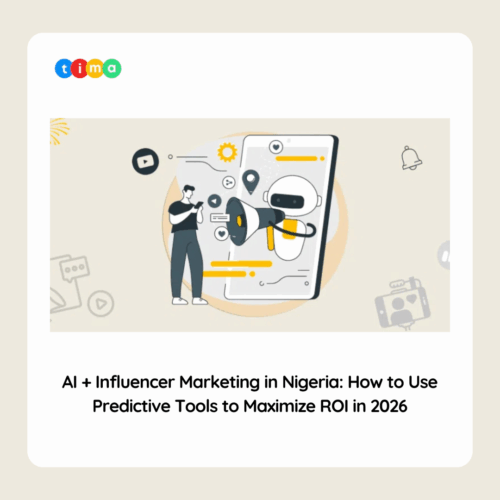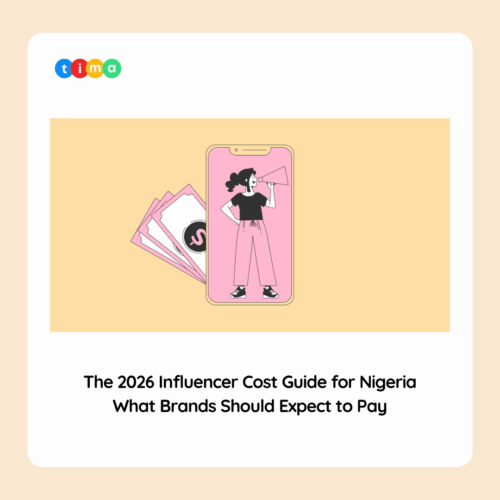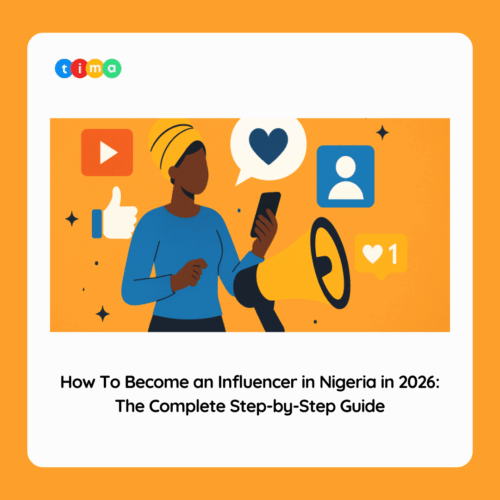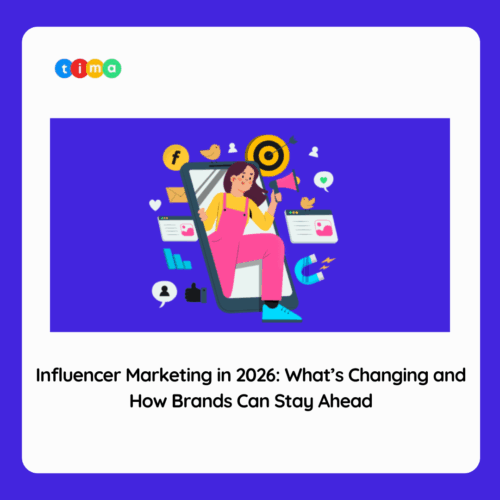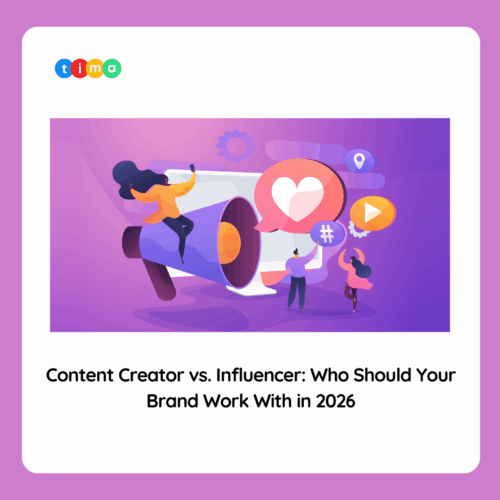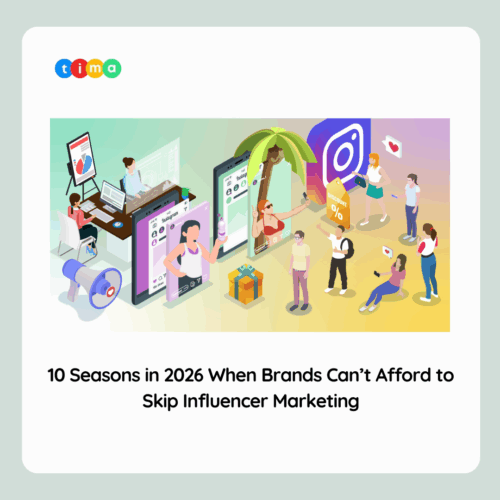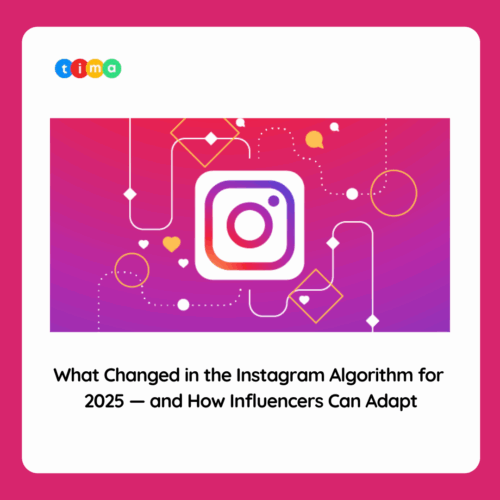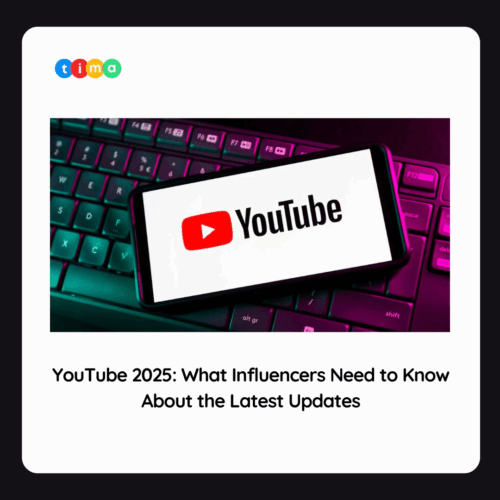The halfway point of the year is a pivotal moment for businesses. It’s the perfect time to reassess, refocus, and reignite efforts to achieve and surpass annual goals. One powerful strategy that often gets overlooked, especially by those with slim financial budgets or large companies unfamiliar with it, is influencer marketing. This comprehensive article will guide you on how to leverage influencer marketing effectively, even if you’re new to the concept.
What is Influencer Marketing?
Influencer marketing involves collaborating with individuals who have a substantial and engaged following on social media platforms. These influencers can sway their audience’s opinions and purchasing decisions, making them valuable partners for brands looking to expand their reach and impact.
The Power of Influencer Marketing
Influencer marketing leverages the trust and authenticity that influencers have built with their followers. Unlike traditional advertisements, which can often feel impersonal, influencer marketing provides a more genuine and relatable connection between the brand and its audience. This authenticity can lead to higher engagement rates, increased brand awareness, and, ultimately, more conversions.
Types of Influencers
Understanding the different types of influencers is crucial for developing an effective influencer marketing strategy:
- Nano Influencers (1,000 – 10,000 followers): Ideal for niche markets, they have high engagement rates and strong personal connections with their audience.
- Micro Influencers (10,000 – 100,000 followers): Known for their authenticity and expertise in specific areas, making them perfect for targeted campaigns.
- Macro Influencers (100,000 – 1 million followers): They have a broad reach and are great for increasing brand visibility.
- Mega Influencers (1 million+ followers): Often celebrities or public figures, they have massive reach but can be costly and may have lower engagement rates compared to micro or nano influencers.

Setting Clear Business Goals
Identifying Your Objectives
Before diving into influencer marketing, it’s essential to define your business goals clearly. These goals will guide your strategy and help you measure success. Common objectives include:
- Increasing Brand Awareness: Expanding your brand’s visibility and recognition.
- Boosting Sales: Driving more traffic to your website and increasing conversions.
- Building Brand Loyalty: Creating a loyal customer base through engaging and authentic content.
- Expanding Your Audience: Reaching new demographics and markets.
Aligning Influencer Marketing with Business Goals
Each business goal requires a tailored influencer marketing strategy. For instance, if your goal is to increase brand awareness, partnering with macro or mega influencers can help you reach a broader audience. On the other hand, if you’re looking to boost sales, micro or nano influencers can provide more personalized and engaging content that drives conversions.
Crafting an Effective Influencer Marketing Strategy
Research and Selection of Influencers
Choosing the right influencers is critical to the success of your campaign. Here are some steps to guide you:
- Identify Your Target Audience: Understand the demographics, interests, and behaviors of your ideal customers.
- Find Relevant Influencers: Look for influencers whose audience matches your target market. Use social media tools and platforms to identify potential partners.
- Evaluate Influencers: Assess their engagement rates, content quality, authenticity, and previous brand collaborations. Ensure their values align with your brand.
Building Relationships with Influencers
Successful influencer marketing is built on strong relationships. Approach influencers with a personalized message, showing that you’ve done your research and understand their content. Building a rapport can lead to more genuine and effective collaborations.
Developing Creative Campaigns
Creativity is key to standing out in the crowded digital space. Work with influencers to develop unique and engaging content that resonates with their audience while aligning with your brand message. This could include:
- Sponsored Posts: Influencers create posts featuring your product or service.
- Giveaways and Contests: Engage their audience with exciting opportunities to win your products.
- Unboxing and Reviews: Authentic reviews and unboxing videos build trust and credibility.
- Collaborative Content: Partner with influencers on content creation, such as blog posts, videos, or social media takeovers.
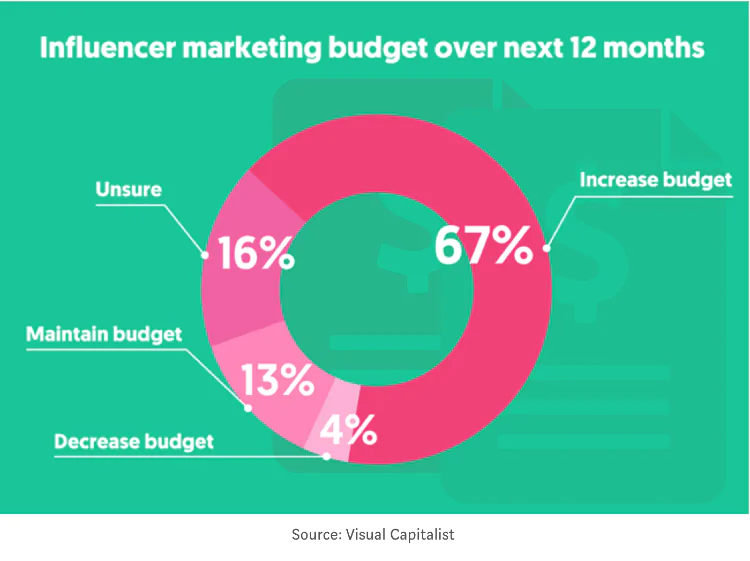
Budgeting for Influencer Marketing
Influencer Fees and Compensation
Influencer marketing can be cost-effective, but it’s essential to budget wisely. Compensation varies based on the influencer’s follower count, engagement rate, and the scope of the campaign. Options include:
- Monetary Compensation: Paying influencers a fee for their services.
- Product Compensation: Providing free products or services in exchange for promotion.
- Affiliate Programs: Offering a commission for sales generated through the influencer’s unique link or code.
Maximizing ROI with a Limited Budget
For businesses with a slim budget, consider these strategies to maximize your return on investment:
- Focus on Micro and Nano Influencers: They often charge less and have higher engagement rates.
- Leverage User-Generated Content: Encourage your customers to create content and share it on social media.
- Negotiate Long-Term Partnerships: Building long-term relationships can lead to more favorable rates and deeper collaborations.
Implementing and Monitoring Campaigns
Launching Your Influencer Marketing Campaign
Once you’ve selected your influencers and developed your content, it’s time to launch your campaign. Ensure all parties are clear on the objectives, deliverables, and timelines. Use project management tools to keep everything on track.
Tracking and Measuring Success
To evaluate the effectiveness of your campaign, track key performance indicators (KPIs) such as:
- Engagement Rates: Likes, comments, shares, and saves.
- Reach and Impressions: The number of people who see your content.
- Website Traffic: Increases in visits and time spent on your site.
- Sales and Conversions: The number of purchases or sign-ups generated.
Adjusting Strategies Based on Data
Monitor your campaign’s performance and be ready to adjust your strategy based on the data. If certain influencers or content types are performing exceptionally well, consider allocating more resources to those areas. Conversely, if something isn’t working, pivot quickly to optimize results.

Why TIMA is Your Best Partner for Influencer Marketing
- Expertise and Experience: TIMA stands out as a leading influencer marketing agency with a proven track record of success. Our team of experts understands the nuances of influencer marketing and has extensive experience working with businesses of all sizes across various industries.
- Customized Strategies: At TIMA, we recognize that each business is unique. We take the time to understand your specific goals and tailor our strategies to meet your needs. Whether you’re looking to increase brand awareness, boost sales, or build brand loyalty, we develop customized plans that deliver results.
- Extensive Network of Influencers: We have built a vast network of influencers across different niches and platforms. This allows us to match your brand with the perfect influencers who can authentically connect with your target audience.
- Comprehensive Campaign Management: From influencer selection and content creation to campaign launch and performance tracking, TIMA handles every aspect of your influencer marketing campaign. Our holistic approach ensures seamless execution and maximum impact.
- Proven Results: Our success stories speak for themselves. TIMA has helped numerous businesses achieve their goals through influencer marketing. We pride ourselves on delivering measurable results that drive growth and success for our clients.
See Our Past Campaigns


